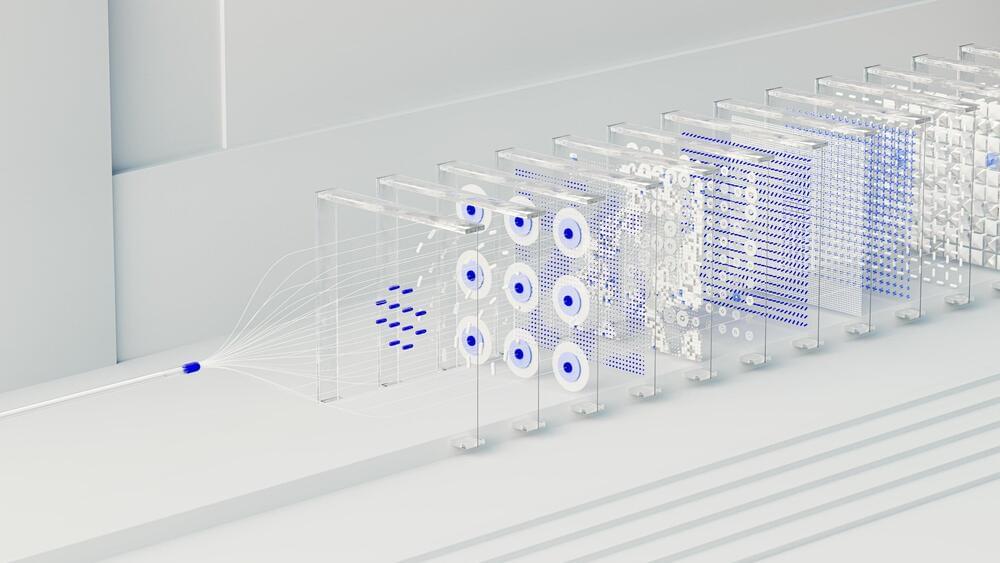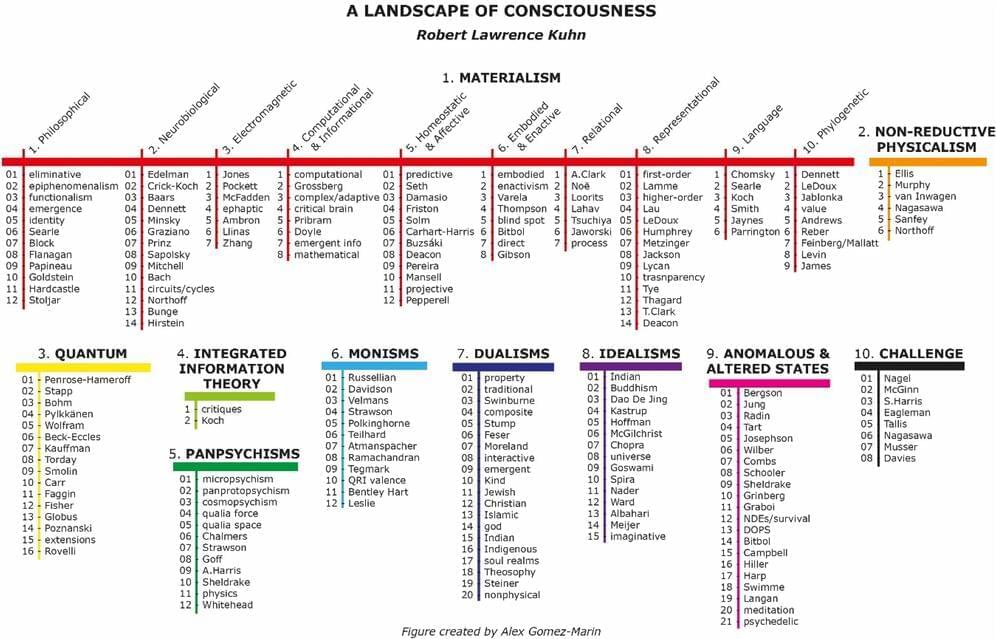All the Apple Intelligence features.



Newly emerging Chinese electric truck maker Windrose has claimed an Australian record for a public fast charge of more than 500 kilowatt hours as it topped up its massive batteries on its flagship heavy electric truck on a drive from Melbourne to Sydney.
The Windrose electric truck features a 729 kWh battery, and at a brief glance appears to be a Tesla Semi look-alike, with streamlined features and a driver’s seat placed in the middle of the cabin. The company claims a range of more than 670 kms, fully loaded to 49 tonnes, and hopes to enter commercial production next year.
The truck made an appearance at the All Energy show in Melbourne last week, before being taken around to show its wares to some major Australian logistics companies,. It then made the trip up the Hume Highway to Sydney on Sunday for another series of demonstrations.

Halloween is on Thursday, Oct. 31 — but parts of the Treasure Coast may get a nice treat the night before.
SpaceX is targeting Wednesday, Oct. 30, to launch another payload of Starlink broadband satellites into low-Earth orbit from Cape Canaveral Space Force Station. Depending on weather and visibility, parts of Indian River County might see a nice streak in the sky.
Below are suggestions on where to watch the rocket launch from this area and other things to know. If there are changes to the launch schedule, this story will be updated.

“Our vision is for chip designers and engineering students, not just suppliers and manufacturers, to co-locate here, to create a value added ecosystem beyond just what it takes to build chips, and that’s how we’re going to create more value in the Phoenix economy,” Mack said.
A further three plants are also planned for the Phoenix site, which could bring TSMC’s total investment in the area to over $120 billion. Tech giant Apple has announced it will buy semiconductors from the fabrication plants.
The plants are anticipated to create 10,000 permanent jobs, and another 80,000 are expected to be created in the surrounding development.

NASA plans to send crewed missions to Mars over the next decade—but the 140 million-mile (225 million-kilometer) journey to the red planet could take several months to years round trip.
This relatively long transit time is a result of the use of traditional chemical rocket fuel. An alternative technology to the chemically propelled rockets the agency develops now is called nuclear thermal propulsion, which uses nuclear fission and could one day power a rocket that makes the trip in just half the time.
Nuclear fission involves harvesting the incredible amount of energy released when an atom is split by a neutron. This reaction is known as a fission reaction. Fission technology is well established in power generation and nuclear-powered submarines, and its application to drive or power a rocket could one day give NASA a faster, more powerful alternative to chemically driven rockets.

An estimated one in five Americans live with chronic pain and current treatment options leave much to be desired. Feixiong Cheng, Ph.D., Director of Cleveland Clinic’s Genome Center, and IBM are using artificial intelligence (AI) for drug discovery in advanced pain management. The team’s deep-learning framework identified multiple gut microbiome-derived metabolites and FDA-approved drugs that can be repurposed to select non-addictive, non-opioid options to treat chronic pain.
The findings, published in Cell Press, represent one of many ways the organizations’ Discovery Accelerator partnership is helping to advance research in healthcare and life sciences.
Treating chronic pain with opioids is still a challenge due to the risk of severe side effects and dependency, says co-first author Yunguang Qiu, Ph.D., a postdoctoral fellow in Dr. Cheng’s lab whose research program focuses on developing therapeutics for nervous system disorders. Recent evidence has shown that drugging a specific subset of pain receptors in a protein class called G protein-coupled receptors (GPCRs) can provide non-addictive, non-opioid pain relief. The question is how to target those receptors, Dr. Qiu explains.

What took so long for humans to appear on Earth? The Earth is 4.6 billion years old, and life began about 4 billion years ago, yet humans—the only intelligent, technological species we know of in the universe—have existed only for the last 200,000 years. Why didn’t we come sooner? What factor(s) delayed our appearance? And what can life’s timeline here say about the possibility of other technologically advanced lifeforms in the universe?


